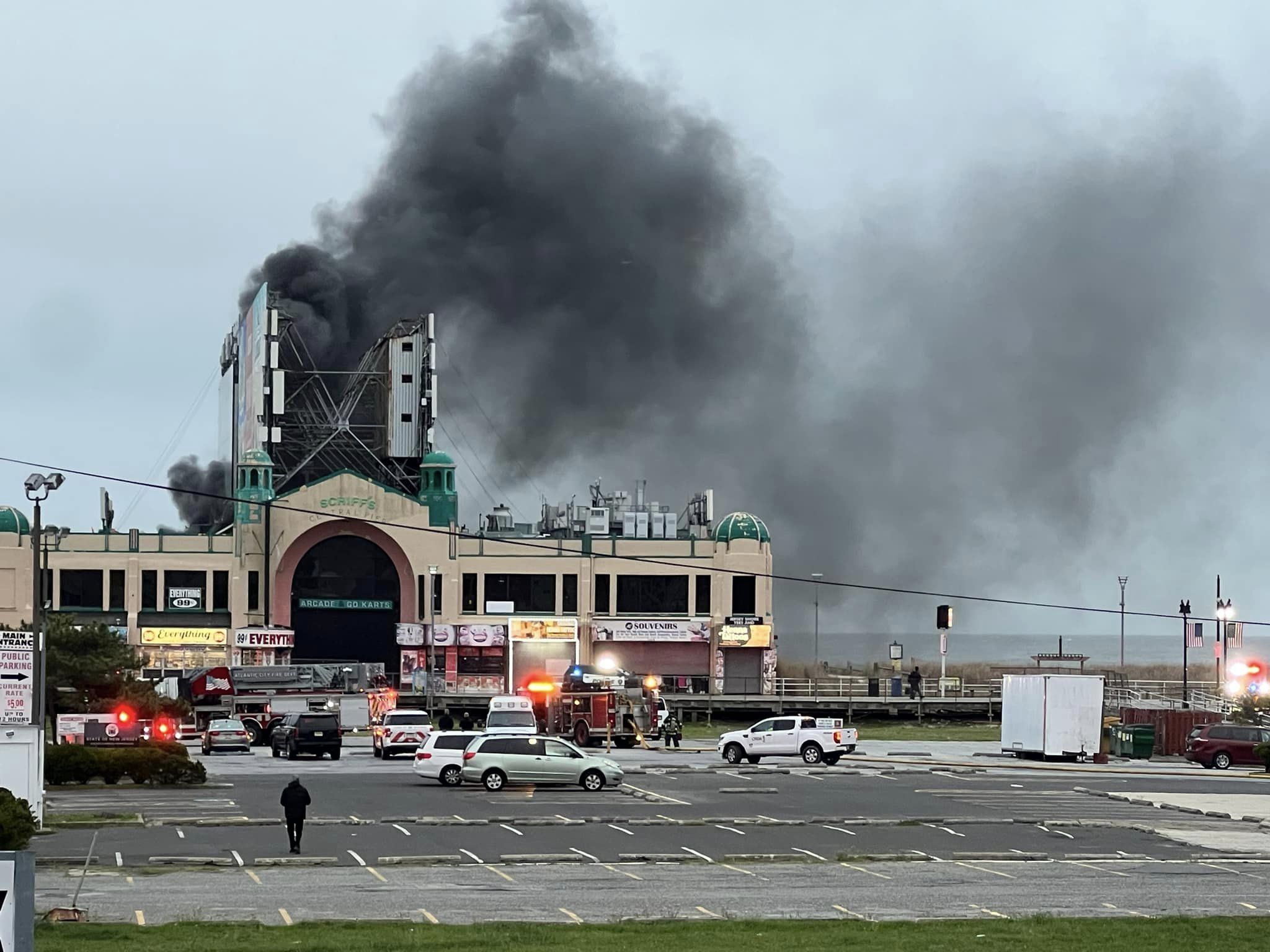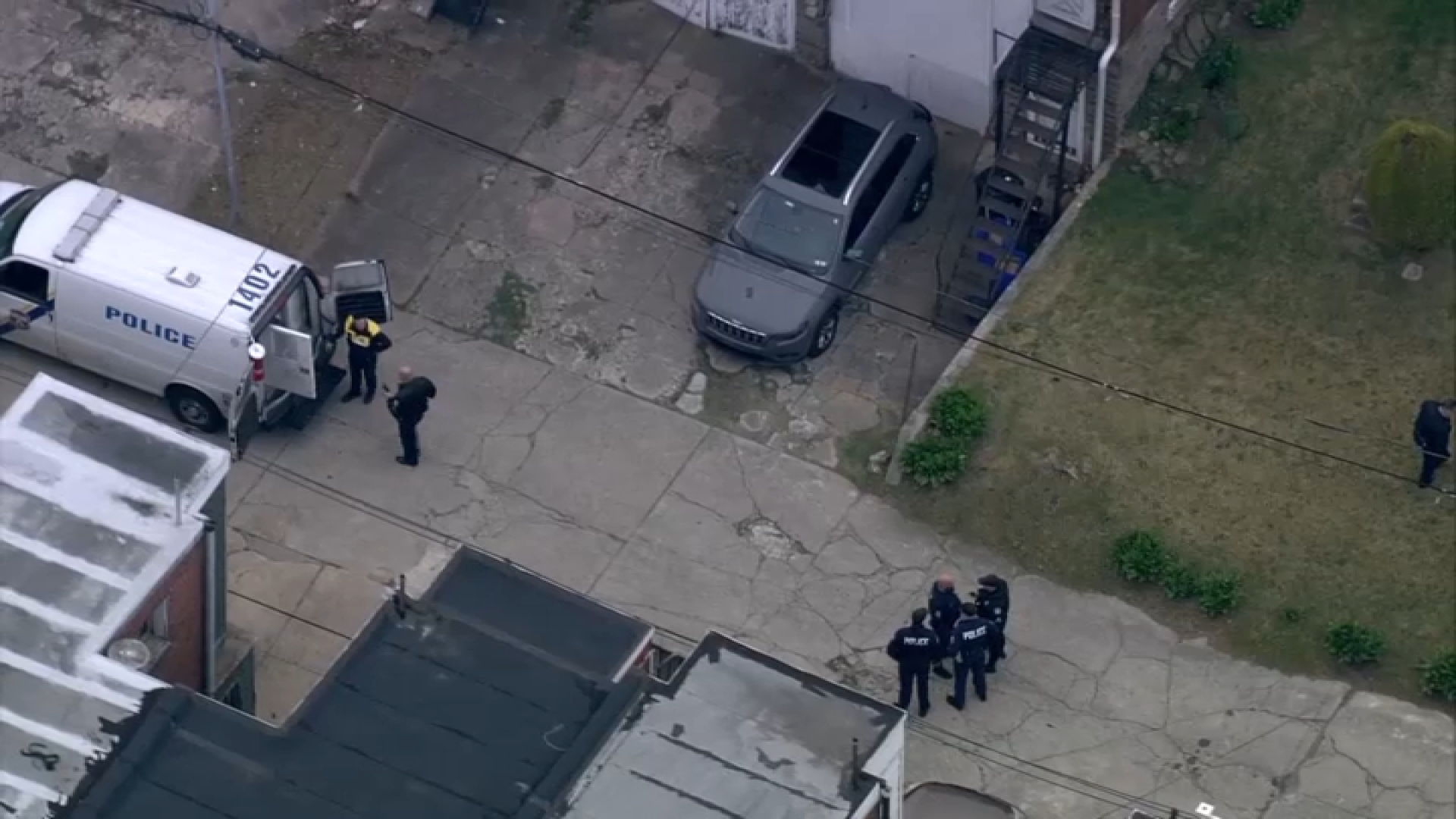Above average temperatures and a dry spell have led us to a drought.
The U.S. Drought Monitor recently updated their drought level analysis, categorizing the Philadelphia area and much of New Jersey under the moderate drought level. That is the first level of drought (D1), categorized from D0 (abnormally dry) to D4 (exceptional drought).
Philadelphia has not seen measurable rain at the airport since Sept. 1, and before that, Aug. 21. The forecast calls for a primarily dry week ahead outside of some possible showers and thunderstorms Sunday into Monday.
The counties under moderate drought include part of Philadelphia County, as well as lower Montgomery and Lower Bucks counties. Also included are parts of Gloucester, Atlantic and Mercer counties as well as all of Camden, Burlington and Ocean counties.
This year, most areas have seen less than average rainfall. In fact, Trenton, New Jersey's annual precipitation is 7.66 inches below average. Philadelphia is 4.5 inches below. And, Allentown is 5.19 inches below. Reading currently has a 6.17 inches annual precipitation deficit. And, Mount Pocono comes in just over 3.5 inches below. Delaware has fared slightly better, with Wilmington only 1.24 inches below average. Atlantic City has seen just enough rain to put the official reporting station at 2.91 inches above average for annual precipitation.
At this point, one strong and steady storm could help alleviate the deficits.
Only a year ago, Philadelphia saw around 10 inches more rain than in 2016. As a result, some people may start to notice lawns and plants suffering compared to 2015. [[287977901, C]]
Local
Breaking news and the stories that matter to your neighborhood.
Louis Holod, Owner of Holod’s True Value Hardware, said it’s not time to panic, yet.
"Most of the grass here is blue grass, and it goes dormant above 90 degrees," Holod said. "Sixty to 90 percent of it will come back automatically. Then you can do your repairs, and spend a lot less money."
If you’re particularly concerned about your lawn, Holod said you can water the area.
"If it’s small enough, water now. If it’s larger, then I’d hold off until we get just one good rain and you can overseed it, but probably the most bang for your dollar would be lime."
Holod also suggests that if you do water your lawn, do so before 10 a.m. because watering at night can lead to fungus problems. He also said not to aerate your lawn until we’ve seen rain, as the soil may be too dry for aeration to currently work.



